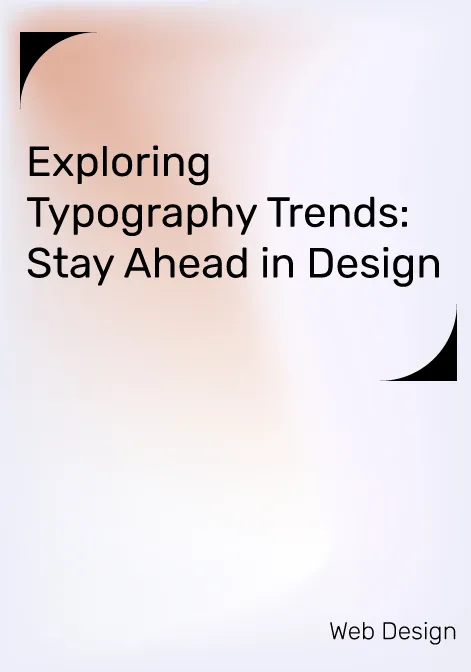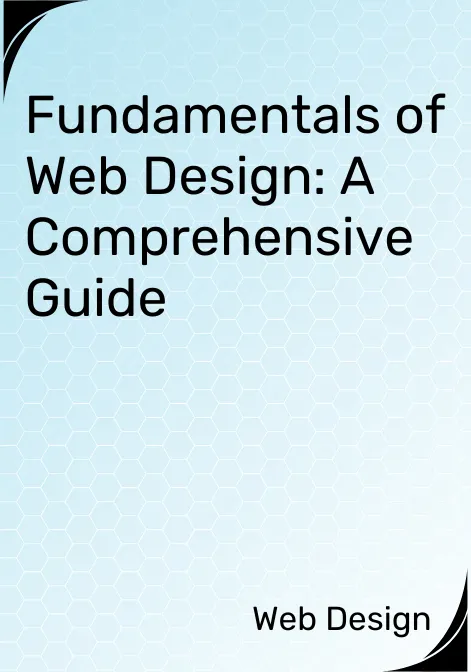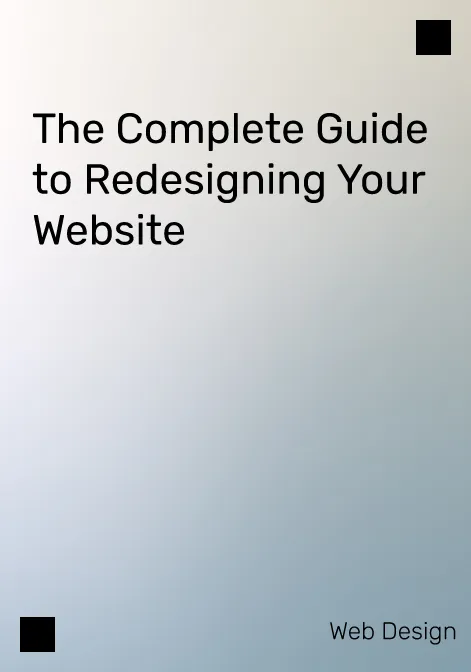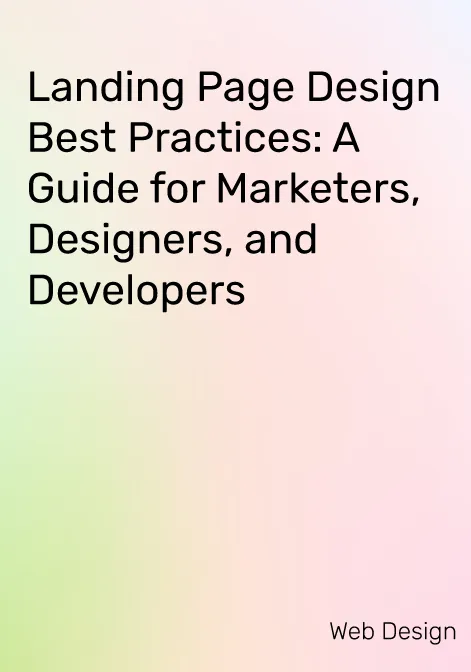Typography trends are the changes and developments in typography styles, forms, and features that reflect the social and cultural changes in the world. Various sources, such as technology, nostalgia, diversity, sustainability, etc., influence typography trends.
Key Typography Trends:
- Mall goth fonts
- Liquid Chrome
- Vintage narrow serifs
- Bright red
- Variable fonts
- Distorted fonts
- Art deco revival
- Iconographic mashups
Let’s deep dive into each one of them.
1. Mall goth fonts
Mall goth fonts are a typography trend that originated from the late 90s subculture that combined gothic fashion and music with mainstream consumerism. Mall goths were teenagers who dressed in black clothes, wore heavy makeup, listened to bands like Marilyn Manson and Nine-Inch Nails, and hung out at shopping malls.
Mall goth fonts are inspired by the dark and edgy aesthetic of mall goths, featuring sharp edges, smoky forms, all-black compositions, and graphic accompaniments like barbed wire, chains, skulls, etc. Mall goth fonts evoke a sense of rebellion, angst, and mystery.
Mall goth fonts are suitable for logos, posters, flyers, apparel, etc., for industries like music, entertainment, fashion, etc. Mall goth fonts can help you create designs that stand out from the crowd and appeal to a niche audience.
Examples:
- Blackout: Sharp angles and cut-out shapes create a striking contrast.
- Smoke Attack: Smoky letters that look like they are burning or melting.
- Barbed Wire: Letters made of barbed wire that create a menacing effect.
- Skullphabet: Made of skulls that create a spooky effect.
2. Liquid Chrome
Liquid Chrome is a typography trend that emerged from the Y2K aesthetic that celebrated the optimism and innovation of technology in the early 2000s.
Y2K was a term that referred to the year 2000 and the potential computer glitches that could occur due to the change of date. Y2K also inspired a futuristic style that featured metallic sheens, melting 3D shapes, futuristic vibes, etc.
Liquid Chrome is inspired by the shiny and fluid appearance of liquid metal, such as mercury, silver, or Chrome. Liquid chrome features metallic sheens, melting 3D shapes, futuristic vibes, etc. Liquid Chrome evokes a sense of innovation, creativity, and sophistication.
Liquid Chrome is suitable for logos, headlines, banners, packaging, etc., for industries like tech, gaming, automotive, etc. Liquid Chrome can help you create designs that dazzle and impress your audience.
Examples
- [Chrome] is a font that features shiny letters that look like they are made of Chrome.
- [Melted Font] is a font that features dripping letters that look like they are melting.
- [Futurist Fixed-width] is a font that features geometric letters that look like they are from a sci-fi movie.
- [Metal Lord] is a font that features metallic letters that look like they are forged from metal.
3. Vintage narrow serifs
Vintage narrow serifs are a typography trend that revived from the mid-century modern style that was popular in the 1950s and 1960s. Mid-century modern was a design movement that featured clean lines, elegant curves, classic proportions, etc.
Vintage narrow serifs are inspired by the retro and refined aesthetic of mid-century modern, featuring thin strokes, elegant curves, classic proportions, etc. Vintage narrow serifs evoke a sense of nostalgia, sophistication, and elegance.
Vintage narrow serifs are suitable for logos, magazines, books, signage, etc., for industries like publishing, fashion, design, etc. Vintage narrow serifs can help you create designs that have a timeless and classy appeal.
Examples:
- [Didot] is a font that features thin and thick strokes that create high contrast and a stylish effect.
- [Bodoni] is a font that features delicate and geometric shapes that create a balanced and harmonious effect.
- [Playfair Display] is a font that features round and sharp terminals that create a dynamic and expressive effect.
- [Cormorant] is a font that features long and slender ascenders and descenders that create a graceful and elegant effect.
Additional Reads: Web Design Checklist
4. Bright red
Bright red is a typography trend that emerged from the bold and vibrant aesthetic of pop art that was popular in the 1960s and 1970s. Pop art was an artistic movement that featured bright colors, geometric shapes, comic book images, etc.
Bright red is inspired by the striking and energetic aesthetic of pop art, featuring bright red letters that create a strong visual impact. Bright red evokes a sense of excitement, passion, and urgency.
Bright red is suitable for logos, headlines, banners, posters, etc., for industries like entertainment, media, sports, etc. Bright red can help you create designs that grab attention and convey a powerful message.
Examples:
- [Pop Art] is a font that features bold and blocky letters that look like they are from a comic book.
- [Redzone] is a font that features slanted and angular letters that look like they are in motion.
- [Red Rock] is a font that features rough and textured letters that look like they are carved from stone.
- [Red Rose] is a font that features elegant and curly letters that look like they are made of flowers.
5. Variable fonts
Variable fonts are a typography trend that emerged from the advancement and innovation of technology in the 2010s and 2020s. Variable fonts are a type of font that can change their appearance and attributes according to various parameters, such as weight, width, slant, etc.
Variable fonts are inspired by the flexible and adaptable nature of technology, featuring dynamic and interactive letters that can adjust to different contexts and preferences. Variable fonts evoke a sense of versatility, creativity, and personalization.
Variable fonts are suitable for websites, apps, games, etc., for industries like tech, gaming, education, etc. Variable fonts can help you create designs that are responsive, customizable, and engaging.
Examples:
- [Decovar] is a font that features decorative elements that can be turned on or off according to different parameters.
- [Amstelvar] is a font that features contrast and optical size variations that can be adjusted according to different parameters.
- [Gingham] is a font that features grid-based distortions that can be manipulated according to different parameters.
- [Dunbar] is a font that features height and width variations that can be modified according to different parameters.
6. Distorted fonts
Distorted fonts are a typography trend that emerged from the chaotic and rebellious aesthetic of punk and grunge that was popular in the 1970s and 1990s. Punk and grunge were musical and cultural movements that featured loud and distorted sounds, DIY and anti-establishment attitudes, etc.
Distorted fonts are inspired by the anarchic and expressive aesthetic of punk and grunge, featuring distorted and deformed letters that create a raw and edgy effect. Distorted fonts evoke a sense of disorder, disruption, and emotion.
Distorted fonts are suitable for logos, headlines, posters, flyers, etc., for industries like music, art, fashion, etc. Distorted fonts can help you create designs that challenge the norms and convey a strong message.
Examples:
- [Zine Slab] is a font that features irregular and jagged letters that look like they are cut out from a magazine.
- [Grunge Strokes] is a font that features smeared and scratched letters that look like they are painted with a brush.
- [Glitch], a font that features glitched and pixelated letters that look like a computer error corrupts them.
- [Trash Hand] is a font that features handwritten and messy letters that look like they are scribbled with a pen.
Additional Reads: Responsive Web Design
7. Art deco revival
Art Deco revival is a typography trend that revived from the glamorous and geometric aesthetic of Art Deco, which was a popular style during the 1920s and 1930s. Art Deco was an artistic and architectural style that featured symmetrical shapes, ornamental details, metallic colors, etc.
Art Deco revival is inspired by the elegant and sophisticated aesthetic of Art Deco, featuring symmetrical shapes, ornamental details, metallic colors, etc.
Art Deco revival evokes a sense of luxury, style, and elegance. Art Deco revival is suitable for logos, magazines, books, packaging, etc., for industries like fashion, beauty, design, etc.
Art Deco Revival can help you create designs that have a vintage and classy appeal.
Examples:
- [Metropolis] is a font that features geometric and angular letters that look like they are from a futuristic city.
- [Park Lane] is a font that features ornamental and curvy letters that look like they are from a luxury hotel.
- [Coco] is a font that features thin and tall letters that look like they are from a fashion magazine.
- [Broadway], a font that features bold and shiny letters that look like they are from a Broadway show.
8. Iconographic mashups
Iconographic mashups are a typography trend that emerged from the creative and playful aesthetic of pop culture that was popular in the 2000s and 2010s.
Pop culture is a term that refers to the mainstream media and entertainment that features icons, symbols, characters, etc.
Iconographic mashups are inspired by the fun and quirky aesthetic of pop culture, featuring icons, symbols, characters, etc., that are combined or blended with letters to create a unique and humorous effect. Iconographic mashups evoke a sense of curiosity, surprise, and amusement.
Iconographic mashups are suitable for logos, headlines, banners, posters, etc.,
For industries like entertainment, media, gaming, etc. Iconographic mashups can help you create designs that are original and entertaining.
Examples:
- [Emoji Font] is a font that features emoji faces that are integrated with letters to create a dynamic effect.
- [Super Mario Font] is a font that features Super Mario characters and items that are incorporated with letters to create a nostalgic effect.
- [Star Wars Font] is a font that features Star Wars icons and symbols that are merged with letters to create an epic effect.
- [Harry Potter Font] is a font that features Harry Potter elements and creatures that are mixed with letters to create a magical effect.
Conclusion
In the dynamic landscape of design, typography trends reflect a fusion of nostalgia, rebellion, and innovation.
From Mall Goth Fonts to Iconographic Mashups, each trend brings a unique flavor to visual communication.
As designers explore these diverse styles, typography becomes a powerful storyteller, seamlessly blending the essence of the past with the innovation of the future.




